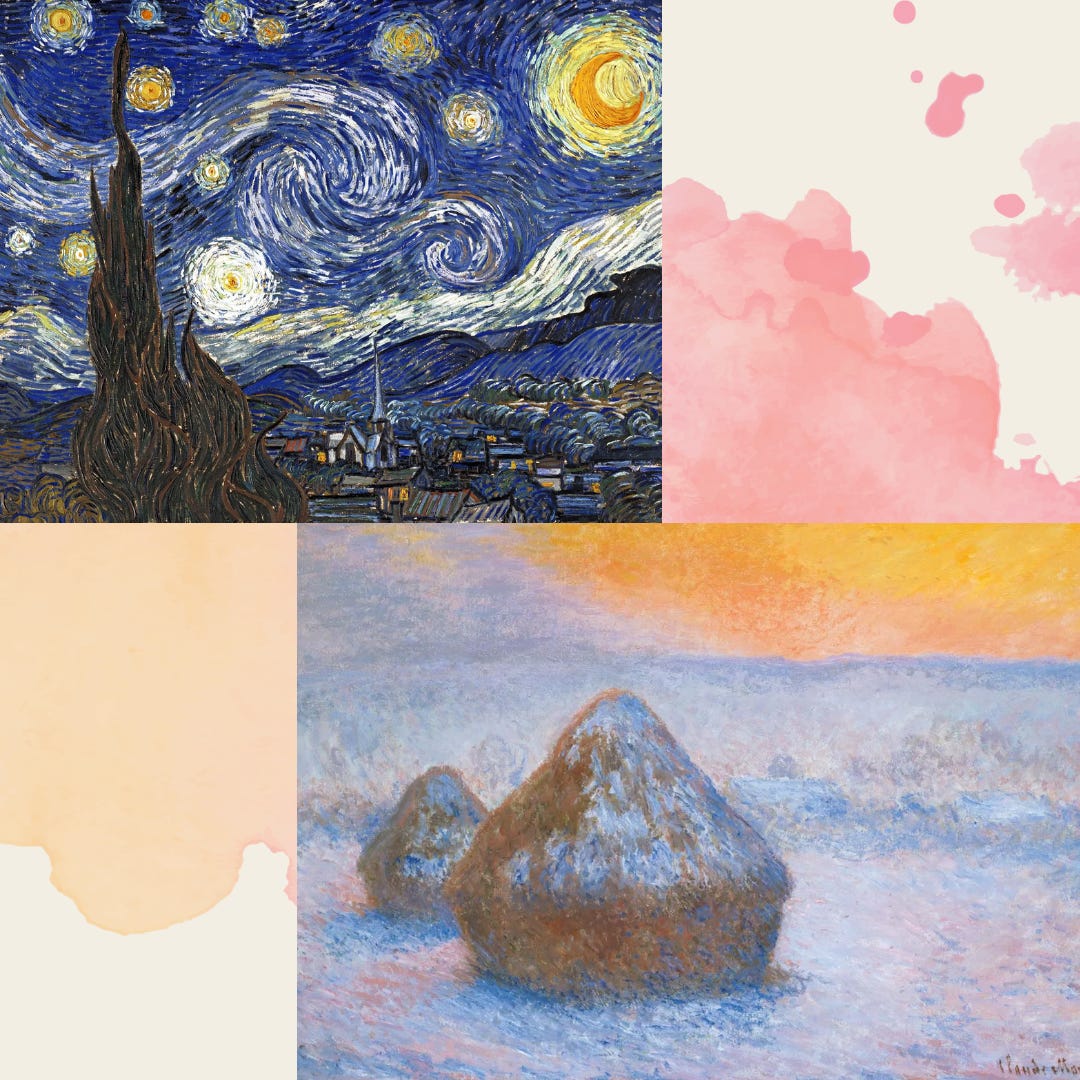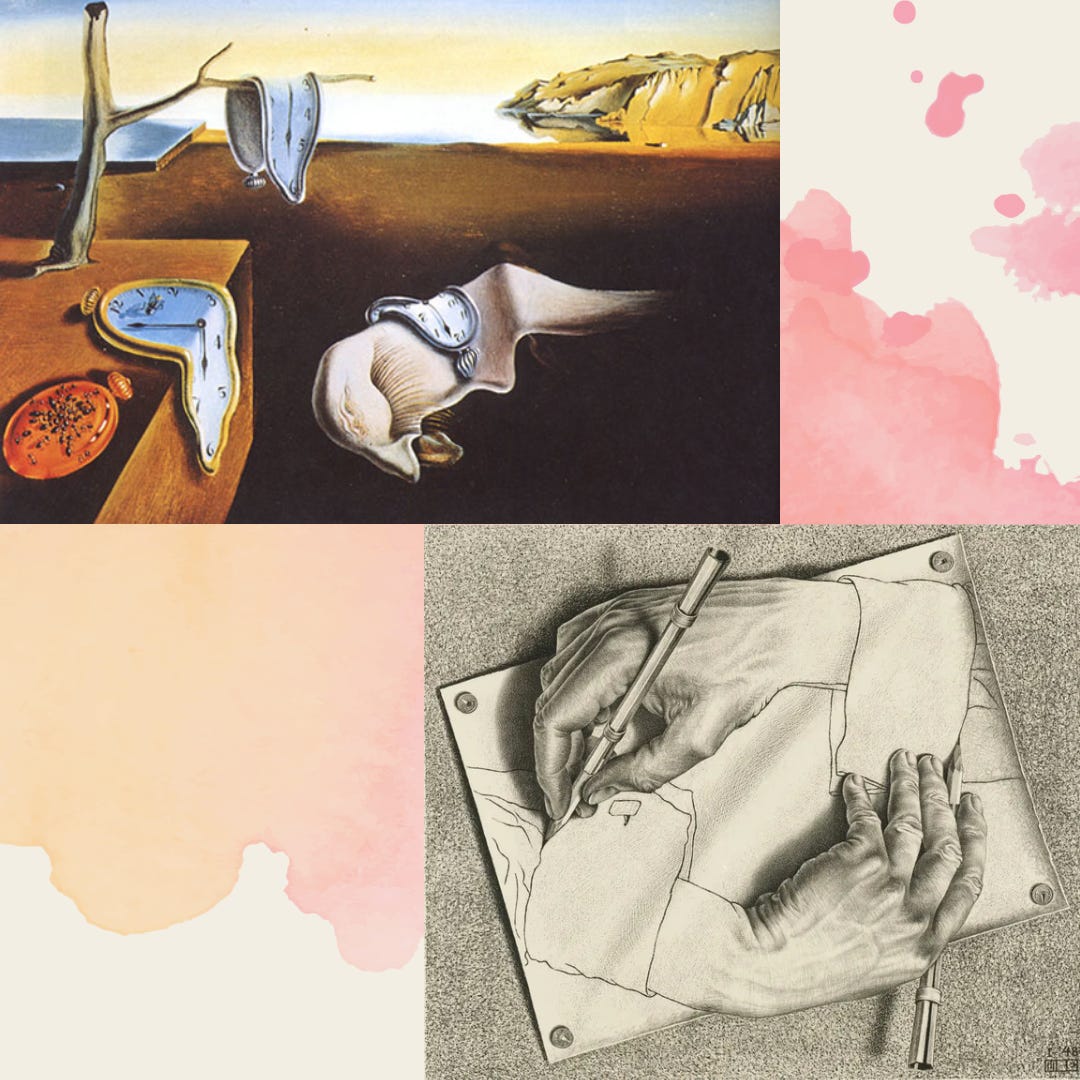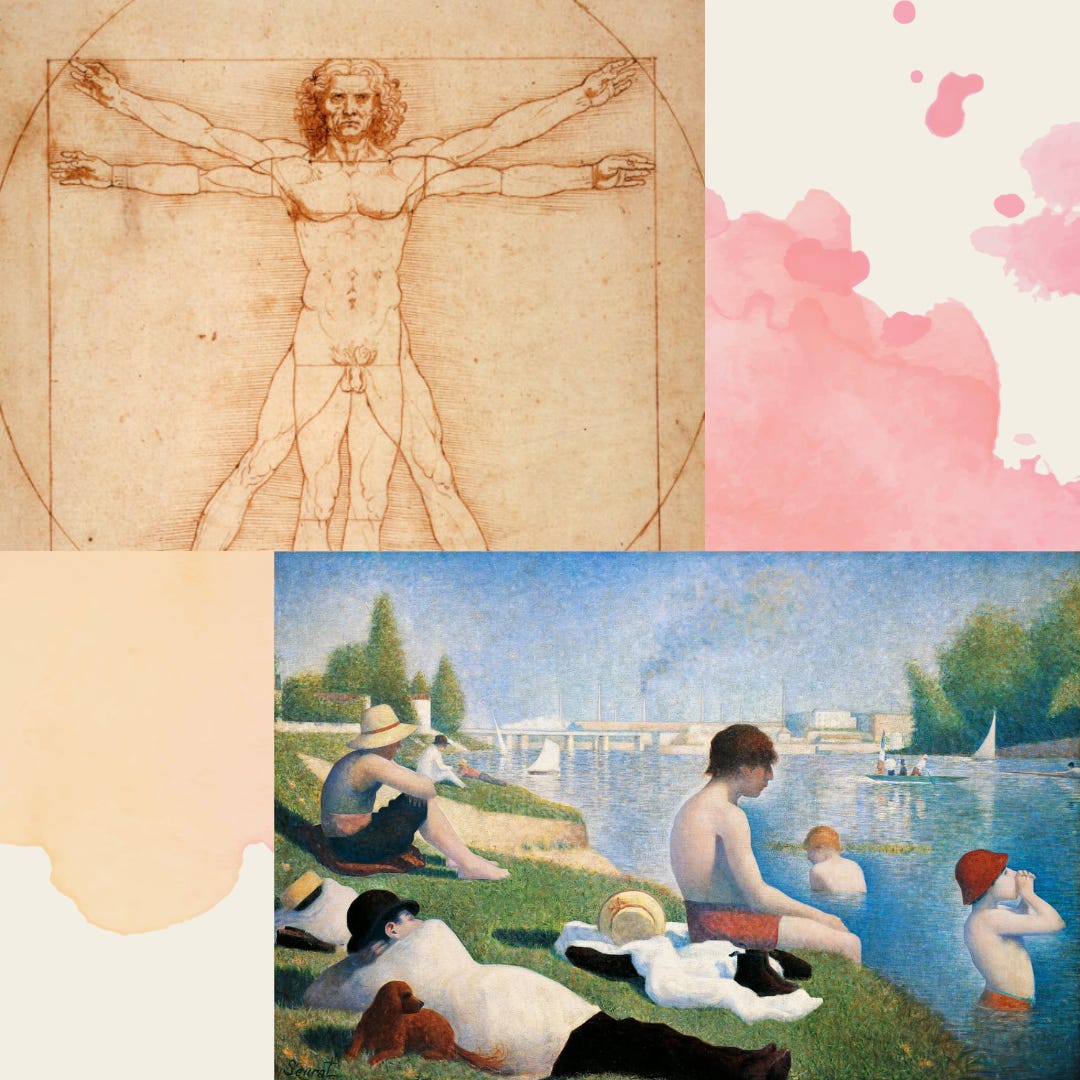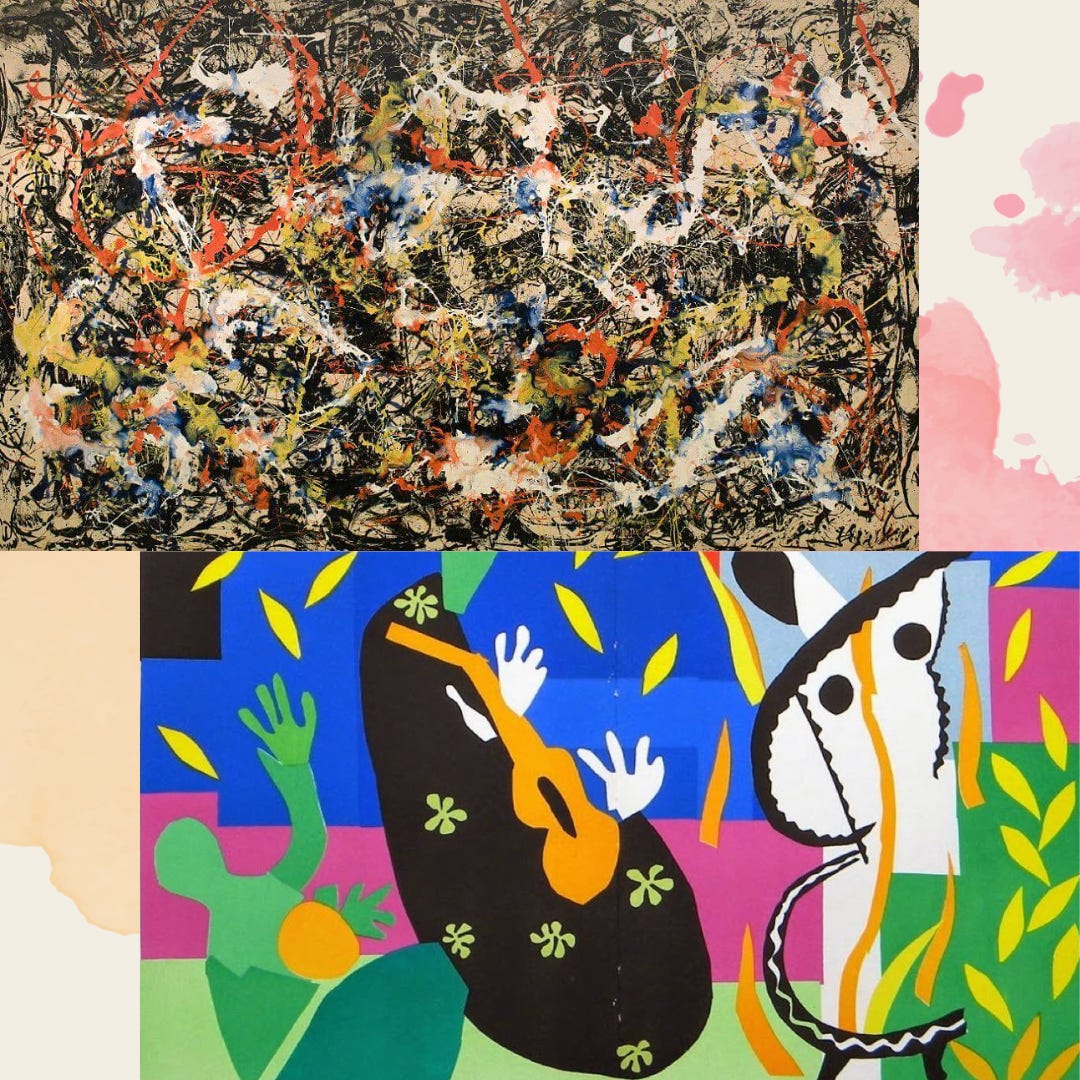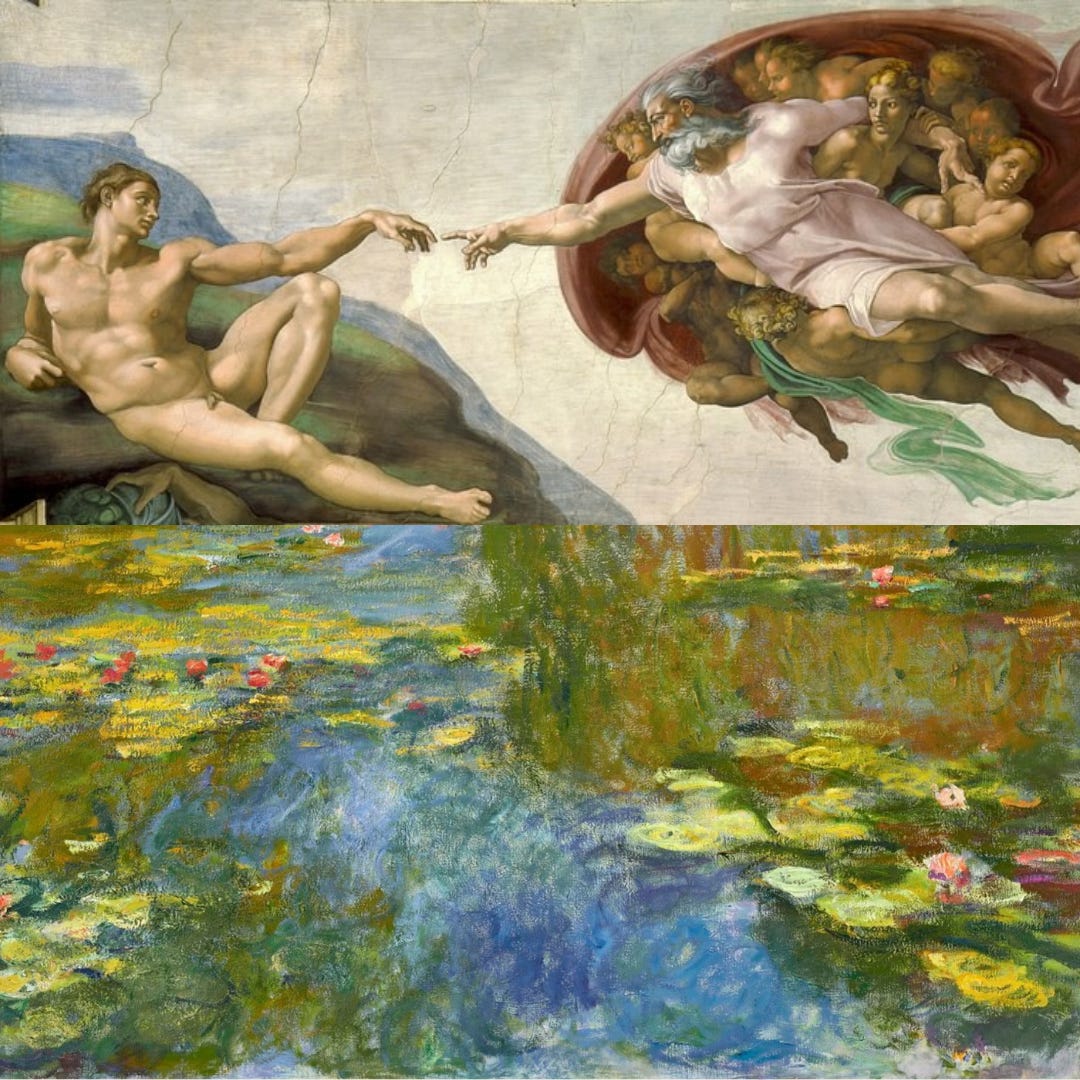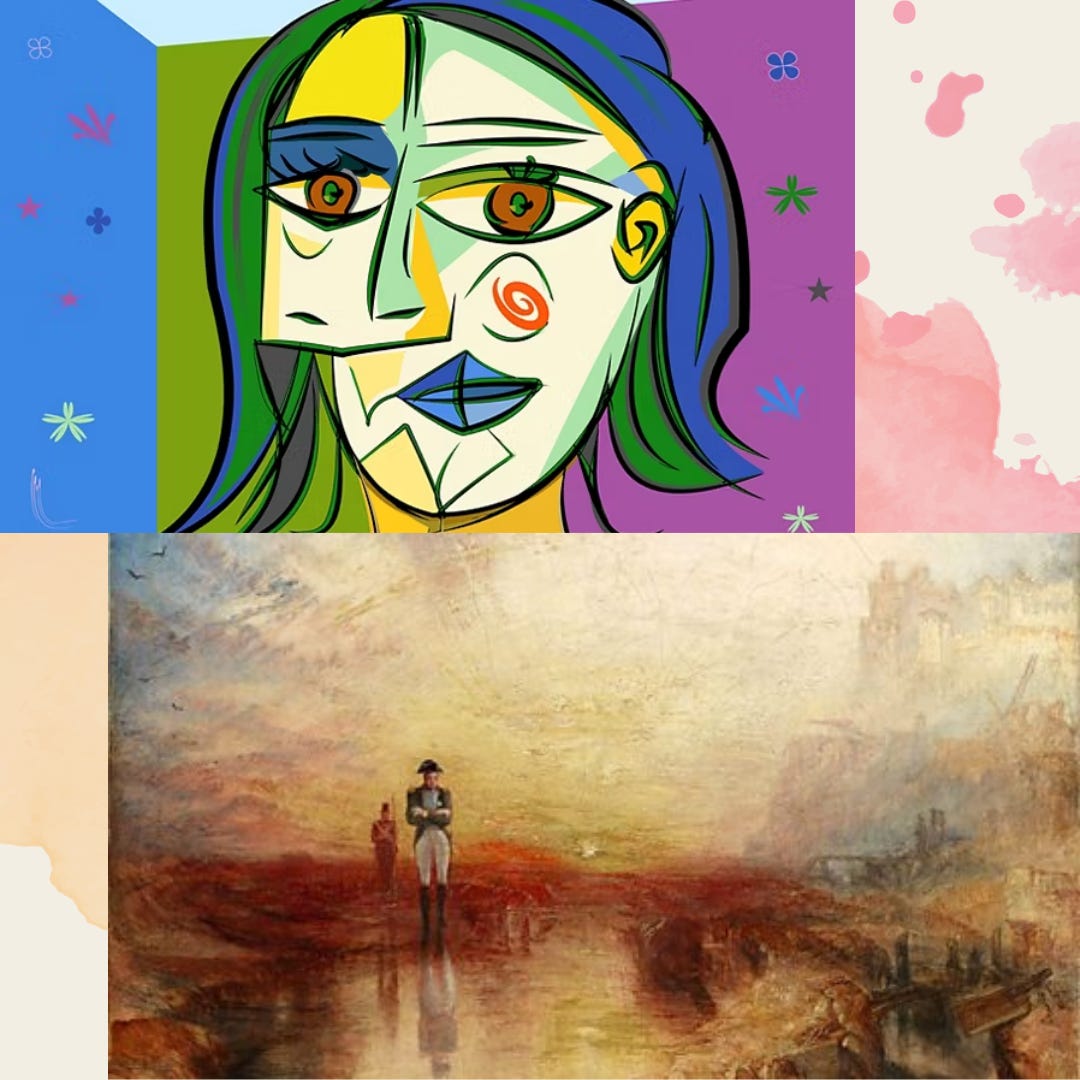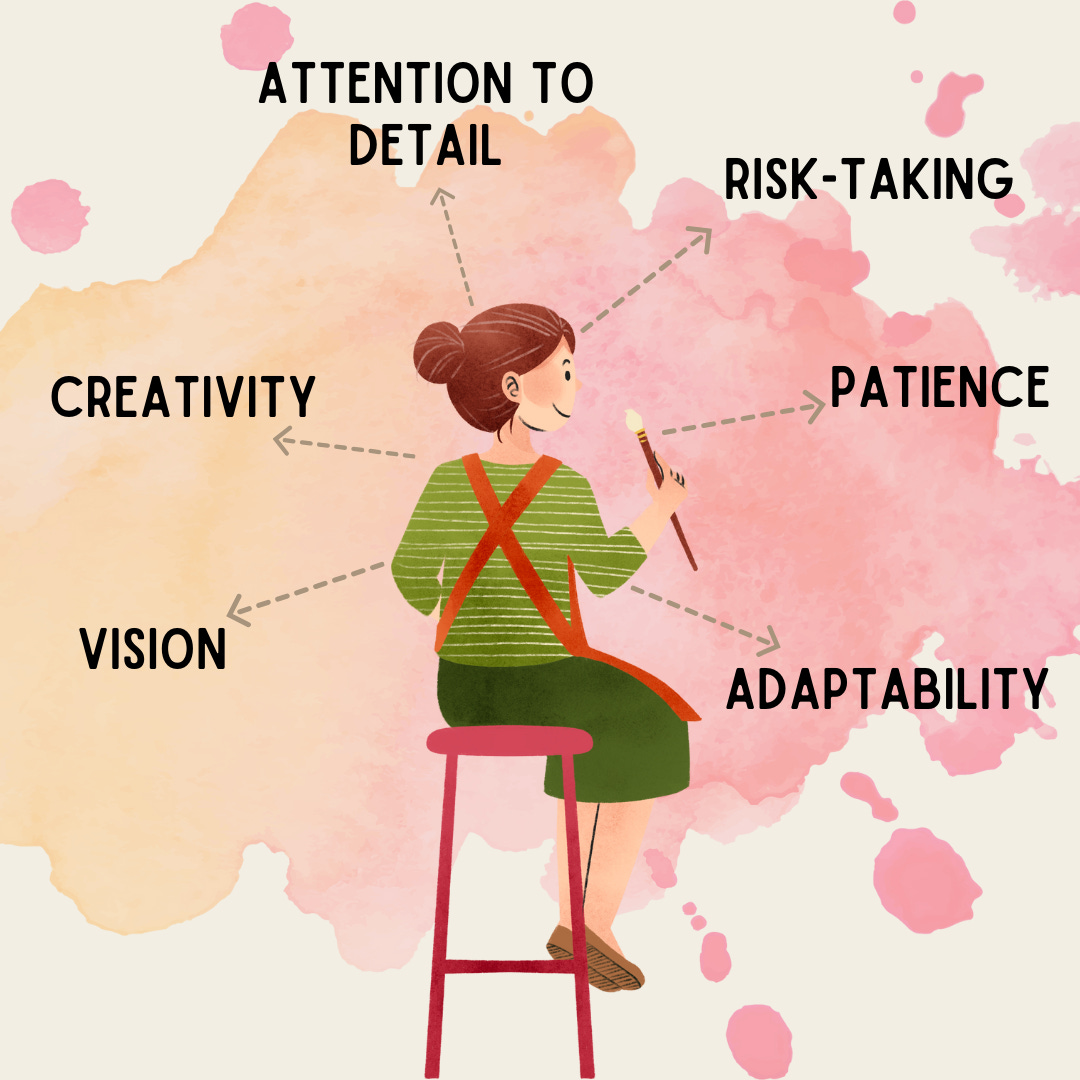Think Like a Painter: Leadership Lessons from the World of Art
Drawing parallels between leaders and painters
Leadership is not unique to any field or industry. Leadership exists everywhere:
Your office
Your school
Your home.
And your art studio.
A painter, who produces an artwork, has many lessons to share for leaders.
In this article, I will draw some parallels between a leader and a painter. This will hopefully help us all take some inspiration, and apply this in our roles as leaders.
#1 — Vision
Both leaders and painters need a clear vision.
Most of what is accomplished — whether in business or in art — starts off as an idea and a vision in someone’s mind.
Painters envision the final outcome, and impact of their artwork.
Claude Monet, a French painter and founder of impressionism painting, had the vision of capturing light on canvas in a new way. He looked to represent the same scene at different times of day, showing how light changes our perception of what we see. His vision led to the Impressionist movement.
Another famous painter — Vincent van Gogh, the Dutch Post-Impressionist painter — had a vision to express emotion and inner turmoil through vibrant colors and bold brushstrokes. He saw art differently — instead of representing a reality, for him it was a means of conveying spiritual truths. His vision influenced the development of modern art as we see it today.
Leaders envision the future direction of their organization.
As an example, Steve Jobs (the founder of Apple) envisioned a world of user-friendly technology for everyone. His idea went beyond just the computers and devices that existed at the time. His vision led to revolutionary products that we all use today — such as the iPhone and the iPad — which also reshaped the entire industry.
As another example, Mahatma Gandhi (the leader of India’s independence movement) envisioned a future where India was an independent nation. He imagined a nation free from British rule, and achieved it through non-violent resistance rather than traditional violent measures. His vision and leadership ultimately inspired a mass movement of the people leading to India’s independence.
It is evident how vision plays a significant role for painters and leaders like. Without the vision there is no passion or desire to achieve the goal — whether in the form of an artwork, or a business.
#2 — Creativity
Creativity is the use of imagination or a different perspective to create something.
Painters use creativity to express ideas and emotions through their art.
Salvador Dalí was a Spanish artist who changed the perspective of art lovers through his surreal and distorted forms. His famous “The Persistence of Memory” work with its melting clocks have become an iconic symbol of surrealism today.
M.C. Escher, the Dutch graphic artist, combined art with mathematics and architecture. His famous works include the impossible structures, and challenge our understanding of space and dimension. I remember growing up fascinated with the ‘impossible staircase’, initially convinced that it was possible.
Similar to painters, leaders use creative thinking to solve problems and innovate in their field of business.
As an example, Richard Branson (founder of Virgin Group) is famous for following an unconventional approach to business. He brought in the fresh perspective of “customer-centricity” and led Virgin to disrupt industries from airlines to telecommunications.
Herb Kelleher (former CEO of Southwest Airlines) brought a unique perspective on air-travel, and prioritized short-haul flights with quick turnarounds. This led him to create the first successful low-cost carrier in the US. This unconventional approach challenged the industry norms, and prompted others to follow suite.
Leaders and painters share the knack for creativity, and trying new approaches that challenge conventional ways.
#3 — Attention to Detail
Both leaders and painters must pay close attention to detail.
Painters tend to focus on the finer elements of their work to ensure it aligns with their vision.
Leonardo da Vinci, the italian polymath and painter, blended his knowledge of art and science into intricate works of art. His anatomical drawings are world famous for their careful dissections and measurements, and it is evident how careful Da Vinci was with the finer details.
Georges Seurat, the french post-Impressionist artist, developed new techniques (called pointillism) using conté crayon for drawings on paper with a rough surface. He created images using tiny dots of color, each carefully placed to form the desired optical effect, undoubtedly requiring extreme precision and attention to detail.
Similar to painters, leaders must be visionaries, and strategic, but they must not lose sight of the details of the project they are running.
Elon Musk, founder of Tesla, SpaceX, and many others, is known to “sleep on the factory floor during production crises, and personally inspect vehicles”. This hands-on approach demonstrates his attention to detail, and not willing to lose sight of how things are getting done and what support he can provide his team.
Warren Buffett, founder of Berkshire Hathaway and one of the richest investors in history, is known for his painstaking analysis of financial statements and business fundamentals. He is known for making investment decisions after thorough research and a detailed analysis, and attributes much of his financial success to this approach.
Both leaders and painters need to pay attention to detail.
As they say, the devil is in the details.
#4 — Risk Taking
Risks are part of life.
Leaders and painters alike must venture into unchartered territory, and try different approaches, and as they do so they are taking risks.
When painters try unconventional approaches to creating artwork, they are taking a risk. The risk of being disliked, or worse — ridiculed.
Jackson Pollock, the American ‘drip’ painter, took a significant risk when he developed his drip painting technique. He challenged traditional approaches to painting by placing the canvas on the floor and splashed paint on it. The risk he took paid off and so was born Abstract Expressionism. This also influenced modern art as we know it today.
Henri Matisse, a french visual artist, shocked the world with his use of bold, vibrant colors in his artwork. His “Woman with a Hat” masterpiece used color in unconventional ways, and was a significant risk to take at the time. His risk-taking approach influenced modern art, and particularly inspired other artists to use vibrant colors in their artwork.
Similar to painters, leaders need to take risks, as opportunities are often disguised as risks. With the speed of innovation today, if you’re not taking risks, you are stagnating, and will soon cease to exist.
Reed Hastings, the co-founder of Netflix, took a significant risk by shifting Netflix’s business model from DVD rentals to streaming. He did with the anticipation that streaming is the way forward, but there was no guarantee. Clearly, the risk he took paid off, and Netflix grew into a home-entertainment powerhouse as we see it today.
Howard Schultz, former CEO of Starbucks, took a risk when he expanded Starbucks beyond its core coffee business into other areas such as music, food and lifestyle products. While not all of those succeeded, they provided the necessary insights to Starbucks, and encouraged them to continue to evolve.
Both leaders and artists need to take risks, whether to stay relevant, or to try new approaches.
#5 — Patience
Patience is crucial for success in both roles — leaders and painters.
Painters must be patient with the artistic process, taking the time needed to plan and perfect their work.
Michelangelo, the Italian sculptor and painter, spend four years painting over 5,000 square feet of frescoes at the Sistine Chapel ceiling (often in uncomfortable positions). Needless to say, this required extreme patience, persistence, and hard work, resulting in one of the most celebrated pieces of Western art today.
Claude Monet, the French painter we discussed earlier in this article, famously made the “Water Lilies” series over a period of 30 years (yes you heard that right!). He painted the same subject repeatedly, capturing subtle changes in light and atmosphere. This patience and diligence led to the creation of one of the most iconic pieces in Impressionism.
Similar to painters, leaders often face long-term projects, and difficult challenges, and must be patient with the process and their team’s development.
Jeff Bezos, founder of Amazon, started Amazon.com as a humble online bookstore in 1994. In the next two decades, Bezos slowly and steadily expanded the company to become a full-fledged online store. If it were not for Bezos’s patience, Amazon may not have been the “biggest online store on earth” today.
James Dyson, founder of Dyson, famously created 5,126 failed prototypes of vacuum cleaners over 15 years before finally succeeding. Vacuum cleaning technology is widespread today, and the industry is booming, thanks to Dyson’s patience and willingness to learn from all those failed tests, and continue to improve his approach.
Both painters and leaders need to have patience and perseverance to face failures, and learn and growth from them.
#6 — Adaptability
The world is a constantly changing place.
Painters often need to adapt their techniques and ideas as their work progresses, and as trends change.
Pablo Picasso, the famous Italian sculptor and artist, moved through several distinct periods during his life as an artist. He continuously reinvented and adapted his approach — from realistic works, to revolutionary Cubism, and beyond, demonstrating the importance of adaptability and change.
J.M.W. Turner, the English Romantic painter, is famously known for adapting his style through the course of his artistic career — from detailed topographical works to more abstract renderings. This is a great example of how artists adapt their style with changing needs and trends.
Similar to painters, leaders need to adapt their strategies based on changing market conditions and customer behaviors.
Satya Nadella, CEO of Microsoft, pivoted the company towards cloud computing and subscription based services. He embraced open-source technologies that the company had previous opposed. Nadella’s adaptable approach led to Microsoft reinventing itself, and emerging as a leader in the tech industry today.
Lou Gerstner, former CEO of IBM, took over the company in 1993 when it was approaching bankruptcy. He anticipated the change in technology trends and innovation, and pivoted the company’s business model from hardware, to software and services. This dramatic change saved the company from bankruptcy, and IBM re-emerged as a leader in IT consulting and services.
Adaptability is one of the core attributes of leaders and painters alike. With changing times, both need to adapt and evolve to stay relevant, and to continue to innovate.
In Summary: Leadership Lessons from the World of Art
In this article we drew several parallels between a painter and a leader, and picked up some inspiration in our roles as leaders.
Some of the parallels include:
Vision: Painters envision the final outcome of their artwork, while leaders envision the future of their organization.
Creativity: Painters use creativity to express ideas and emotions, while leaders use creativity to solve challenging problems.
Attention to Detail: Painters pay attention to the finer details of their work to align with their vision, while leaders pay attention to the working of their organization to provide the support their team needs.
Risk Taking: Painters take risks by trying unconventional approaches to art, while leaders take risks to stay competitive in the industry.
Patience: Painters take the time to perfect their work, while leaders exercise patience to lead their organizations through big changes.
Adaptability: Painters adapt their techniques to respond to changing trends, while leaders continue to adapt and innovate to stay relevant.
Like this article?
Subscribe to this newsletter to get exclusive access to leadership articles, tools, and tips that will help you grow in your leadership journey.
Feedback is a gift! I would love to hear your thoughts and suggestions in the comments below 🙏
Share this article with your friends, colleagues, and network so they can benefit from it.
Check out my recently published book, The Leader’s Playbook, in which I summarize 75 essential leadership frameworks along with actionable strategies that you can apply daily. New subscribers enjoy a 50% discount on the book!




